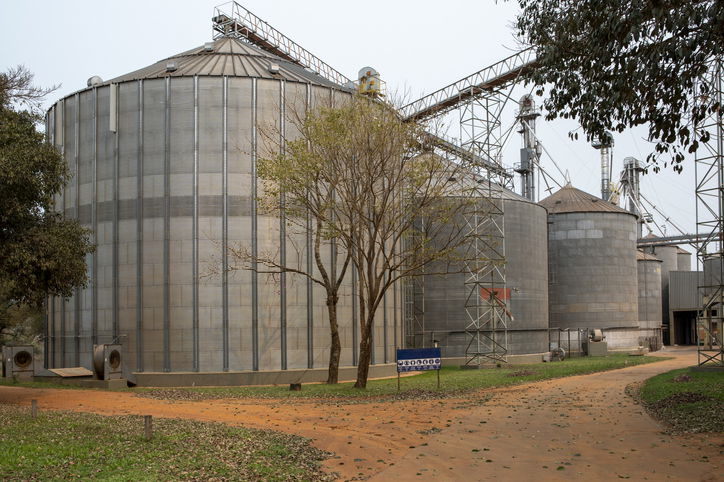India Expands World’s Largest Grain Storage Plan in Cooperative Sector

India Expands World’s Largest Grain Storage Plan in Cooperative Sector
- Overview of the Initiative
- India is expanding the world’s largest grain storage plan within the cooperative sector.
- Pilot phase completed with godowns constructed at Primary Agricultural Credit Societies (PACS) across 11 states: Maharashtra, Uttar Pradesh, Tamil Nadu, Karnataka, Gujarat, Madhya Pradesh, Uttarakhand, Assam, Telangana, Tripura, and Rajasthan.
- Total storage capacity achieved in pilot phase: 9,750 metric tonnes.
- Stakeholders and Implementation
- National Cooperative Development Corporation (NCDC), National Bank for Agriculture and Rural Development (NABARD), and NABARD Consultancy Services (NABCONS) are key implementing agencies.
- Three godowns retained for PACS’ own use (Maharashtra, Rajasthan, Telangana).
- Three godowns hired out to state/central agencies (Uttar Pradesh, Madhya Pradesh, Gujarat), demonstrating dual utility for local and institutional storage needs.
- Expansion Plans
- Encouraged by pilot success, government plans to construct over 500 additional PACS godowns nationwide.
- Objective: strengthen grassroots-level storage infrastructure and reduce post-harvest losses.
- Financial Support and Incentives
- Agriculture Infrastructure Fund (AIF): 3% interest subvention on loans up to ₹2 crore; repayment tenure of 7 years (2+5).
- Agricultural Marketing Infrastructure Scheme (AMI): 33.33% subsidy for godown construction; margin money requirement reduced from 20% to 10%.
- Ancillary infrastructure (boundary walls, drainage) eligible for subsidy up to one-third of godown subsidy or actual cost, whichever is lower.
- Significance and Policy Implications
- Strengthens food security by increasing storage capacity at the cooperative level.
- Supports smallholder farmers and PACS, empowering local agricultural communities.
- Reduces dependence on private or centralized storage, enhancing resilience of the food supply chain.
- Integrates cooperative movement with national agricultural policies, aligning with National Food Security Act, AIF, and broader rural development initiatives.
- Potential Challenges
- Effective management and maintenance of godowns at PACS level.
- Ensuring timely utilization of subsidies and loans by small cooperatives.
- Monitoring dual-use facilities to balance local farmer needs and government storage requirements.
- Conclusion
- The initiative exemplifies India’s focus on cooperative-led agricultural infrastructure, bridging gaps in storage, reducing post-harvest losses, and promoting inclusive growth in rural economies.
- Expansion plans are likely to enhance agri-value chain efficiency and strengthen India’s position in global food security frameworks.
Updated - 4 Dec 2024 , 10: 23 PM | DD News
India Grain Storage Cooperative Sector Primary Agricultural Credit Societies PACS NCDC NABARD NABCONS Agriculture Infrastructure Fund AIF Agricultural Marketing Infrastructure Scheme AMI Food Security Post-Harvest Loss Rural Development Farmer Empowerment Infrastructure Subsidy Godowns State-Level Implementation Maharashtra Uttar Pradesh Tamil Nadu Karnataka Gujarat Madhya Pradesh Uttarakhand Assam Telangana Tripura Rajasthan Pilot Phase Expansion Plan Storage Capacity National Food Security Agricultural Policy Investment Incentives Grassroots Infrastructure Inclusive Growth